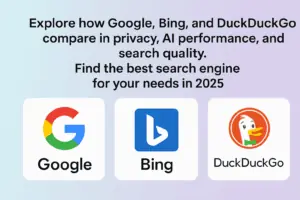How does SEO work? SEO stands for search engine optimisation. Optimising the pages on your website – including your blog posts – will help your site be more noticeable to people who are using search engines (such as Google) to find your product or service. This improves the visibility of your website on search engine results pages. When it comes to SEO, blogs are one of the most important aspects your website needs to include.
Here are a few tips on how to improve your SEO strategies and digital marketing.
Use 1–2 long-tail keywords.
Optimising your content for keywords is not about applying as many relevant keywords as possible. Doing this can make for a bad reader experience. Instead, try using your keywords in a way that does not feel forced or strange for your content.
You can use keyword tools to help identify the best keyword for your blog post ideas. Keyword research will help you find the words that will best optimise your blog posts and can be a ranking factor in the success of your blog posts.
Optimise the meta description.
Your meta description gives search engines and readers information about your blog posts content. Use your long-tail terms; this will help Google be clear on what your posts’ content is.
Now around 300 characters, the length of meta description is higher than it previously was. Suggesting it wants you to give the reader more insight into what each result will provide. This creates a better user experience so the reader can determine whether the blog post is relevant to them when looking at their search results.
Include image alt text.
Try to include images that help demonstrate and support the content of your blog. Search engines do not look for images. But they do look for images with image alternative text (alt-text). Search engines cannot see the image, and images alt text describes the image to the search engine and tells it what it is about. Again, this makes for a better user experience by adding visuals to your blog post.
Updating existing content.
To improve SEO, you might conclude you need to constantly create a blog post. Though this can be true, you should also try to focus your time on keeping your existing blog content updated by reading over your past posts. Whether it is repurposing, and updating old content or removing content that is no longer relevant to your audience. You could also add internal linking to new posts, linking them to previous posts relating to the topic.
You don’t need to integrate the SEO tips above into your content strategy right away. As your website grows, so should your goals on search engines. However, if you require help creating a blog post or professional SEO services for content marketing, please visit us here.










